
Embracing Flexible Seating for a Dynamic Classroom
This year, we’re excited to take a significant step towards creating more engaging and student-centered learning environments by introducing flexible seating in our classrooms. Our annual fund is dedicated to moving away from the stiff, traditional student and teacher desks to create spaces that are not only comfortable but also conducive to learning.
Why Flexible Seating?
Research shows that flexible seating offers numerous benefits, from improving focus and collaboration to supporting different learning styles. Traditional desks can often feel rigid and limiting, whereas flexible seating provides students with the freedom to choose how they learn best. Whether they prefer standing desks, wobble stools, or floor rockers, students can find the option that helps them stay engaged and comfortable.
The Science Behind It
Flexible seating is more than just a trend; it’s rooted in neuroscience. Different seating options can provide proprioceptive input, which helps students become more aware of their body’s position in space, leading to better focus and behavior. For students who benefit from movement, seating that allows for subtle rocking or bouncing can provide calming vestibular input, helping them regulate their sensory needs while learning.
For more insights on how proprioceptive input and vestibular input support learning, check out these helpful articles:
-
Proprioceptive Input: The Magic Pill for Sensory Regulation
This article explains proprioceptive input, often referred to as “heavy work,” which involves activities like pushing, pulling, and lifting. It discusses how this input helps children with sensory regulation, improves body awareness, and supports calming and organizing the nervous system. The article also provides practical examples and tips for incorporating proprioceptive activities into daily routines.
Read more here (The OT Butterfly | Official Website)
-
How the Vestibular System Works and Its Importance for Learning
This article covers how the vestibular system, which governs balance and spatial orientation, plays a critical role in learning. It explains how vestibular input affects balance, postural control, and attention, all of which are crucial for classroom activities. It also highlights the challenges faced by children who have an under or over-responsive vestibular system.
Read more here (GriffinOT).
Looking Forward
We believe that creating flexible, student-centered classrooms will help all of our students thrive. With your support, we’re transforming our learning spaces into environments where students can feel comfortable, focused, and ready to engage in their learning.
Thank you for helping us build classrooms that move with our students! If you are interested in learning more or donating, click here!



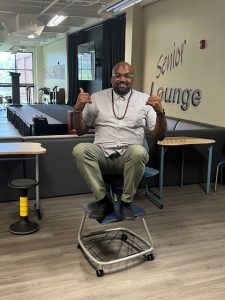
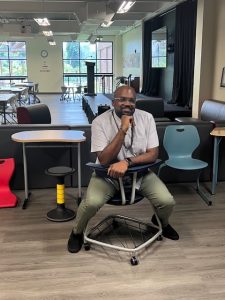
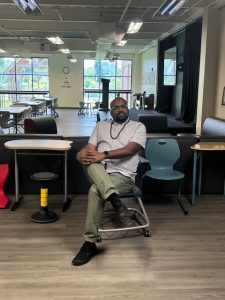
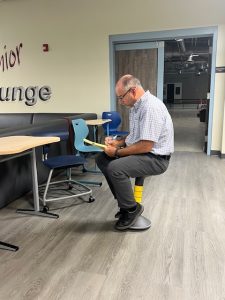
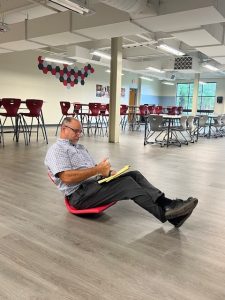
Sorry, the comment form is closed at this time.